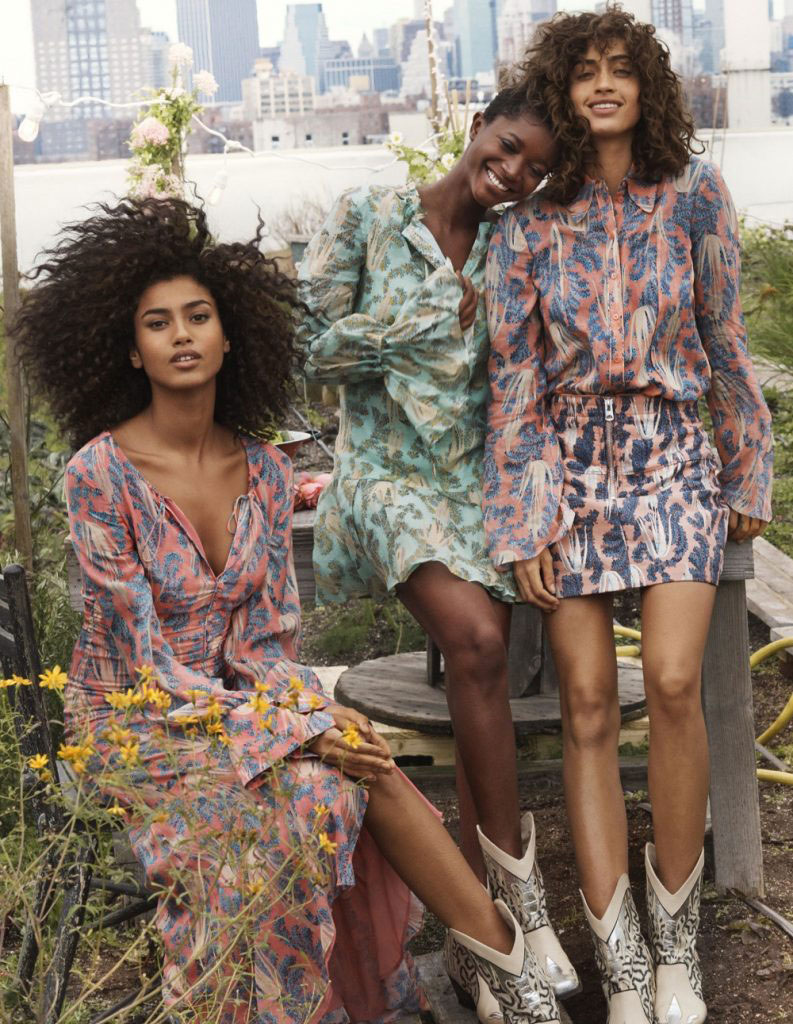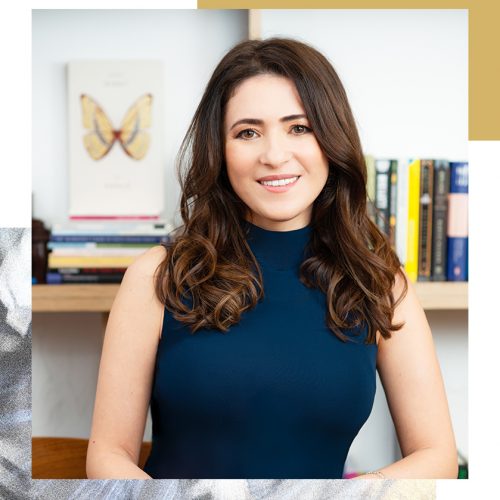It is wonderful that we are starting to have the conversation about sustainability and fashion. You are no longer considered on the fringes if you are creating a sustainable fashion brand. Only about a decade ago, it would have been considered either unprofitable or unexciting. Today, it is unthinkable not to consider sustainability as part of a fashion business. I have received many questions and requests on this topic from clients and students. So, here are my thoughts and a few guidelines for those wanting to make a sustainable fashion business happen.

1. Are you really serious about sustainability: In previous talks, papers, and interviews I have given on this topic, I have emphasized intention. In fact, I always say before you do anything, you need to get clear on your intention. Are you really excited about this? Don’t do it because it’s the latest trend, or you want to use it as something to make your business stand out, or as a key selling point. You need to live and breathe sustainability. Otherwise, this is not going to work.
2. Focus on creating desirability: You are a fashion designer, and don’t forget that no matter how sustainable your business is, your product needs to be desirable. It has to be something that has a unique style, and has your own individual stylistic DNA. I am aware that it is not so easy to be creative and sustainable at the same time, because if you are really serious about sustainability, you are going to face creative challenges. For example, you may not have enough colour availability and choice when it comes to sourcing sustainable material. But regardless of that, one of the most important elements in a fashion business is to create a desirable product that people want to buy.
3. What is your sustainable competitive advantage: I recently consulted with a designer who is launching a leather goods brand, and one of the elements we worked on was creating a product that will be difficult for other established competitors to easily copy. The fashion industry is highly competitive, and while it may be easy for you to start a brand, once other players notice that you are a newcomer and doing well, you may have imitators. They shouldn’t be able to easily copy you. You need to identify your resources and the capabilities that are unique to you, rare, and difficult for others to emulate. What could these capabilities be? Perhaps it’s your history, price points, your brand story, and the design language you possess. This is something that you need to identify very clearly before you get into this space.
4. Suppliers and Manufacturers: With sustainability, 60-75 percent of it relates to your suppliers and manufacturers. It’s imperative that you thoroughly research your suppliers and manufacturers when you first begin. I recognize how challenging it may be to do this if you are just starting out, but it is extremely important. When I first was starting my own company, I visited every single supplier I worked with, and in the beginning purchased leather that was considered “extra” and was going to be thrown out. This not only reduced my costs significantly, but also allowed me to create a high-quality leather products label. Now at Moda Métiers, my consultancy firm, I help emerging and established designers find partners, both supply chain and manufacturing, that adhere to the principles of sustainability.
5. Employees: While not the most talked about part of sustainability, to me this is a must. Even if you have one employee, you need to provide benefits, care for your employees, and focus on retention and longevity. Why is this so important? Your people are your greatest and most valuable asset. They contribute to your vision of sustainability and are your company’s primary agents of change. Since your employees are the key drivers of your sustainability efforts, it makes financial as well as ethical sense to treat them fairly and well.

While sustainability has become the buzzword, I also see many designers, both emerging and established, make changes to supply chains and how they source. This is thanks to the rising awareness of the effects of climate change, and to customers demanding accountability and sustainability from the brands they support and buy from. In fact, in a recent McKinsey survey on consumer attitudes to sustainability in fashion, 67 percent of those surveyed said the use of sustainable materials is an important factor in their fashion purchases. With this consumer mindset and move to greater participation and action, I believe sustainability is now much more than a buzzword. It is here to stay, and together we will all be agents of change to bring about true sustainability.





